A national cohort study representing more than 2 million patient encounters found that more than half of all patients hospitalized and treated for pneumonia experienced discordant diagnoses from their initial presentation to discharge.
Tag: Diagnostic
New instrument could help scientists tailor plasma to produce more fusion heat
Scientists at PPPL have finished building a new plasma measurement instrument that could aid efforts to boost the heat of fusion reactions in facilities known as tokamaks.
The Council of Medical Specialty Societies (CMSS) Awards $100,000 Grants to 11 Specialty Societies Seeking to Improve Diagnostic Excellence
The Council of Medical Specialty Societies (CMSS), a coalition of 48 specialty societies representing more than 800,000 physicians across healthcare, has awarded 11 member specialty societies grants of $100,000 each to promote diagnostic excellence across the field of medicine. The American Thoracic Society is one of the grant recipients.
Tulane working on test to predict COVID-19 complications
An interdisciplinary team of doctors and engineers are working to develop a diagnostic test to detect severe COVID-19 complications.
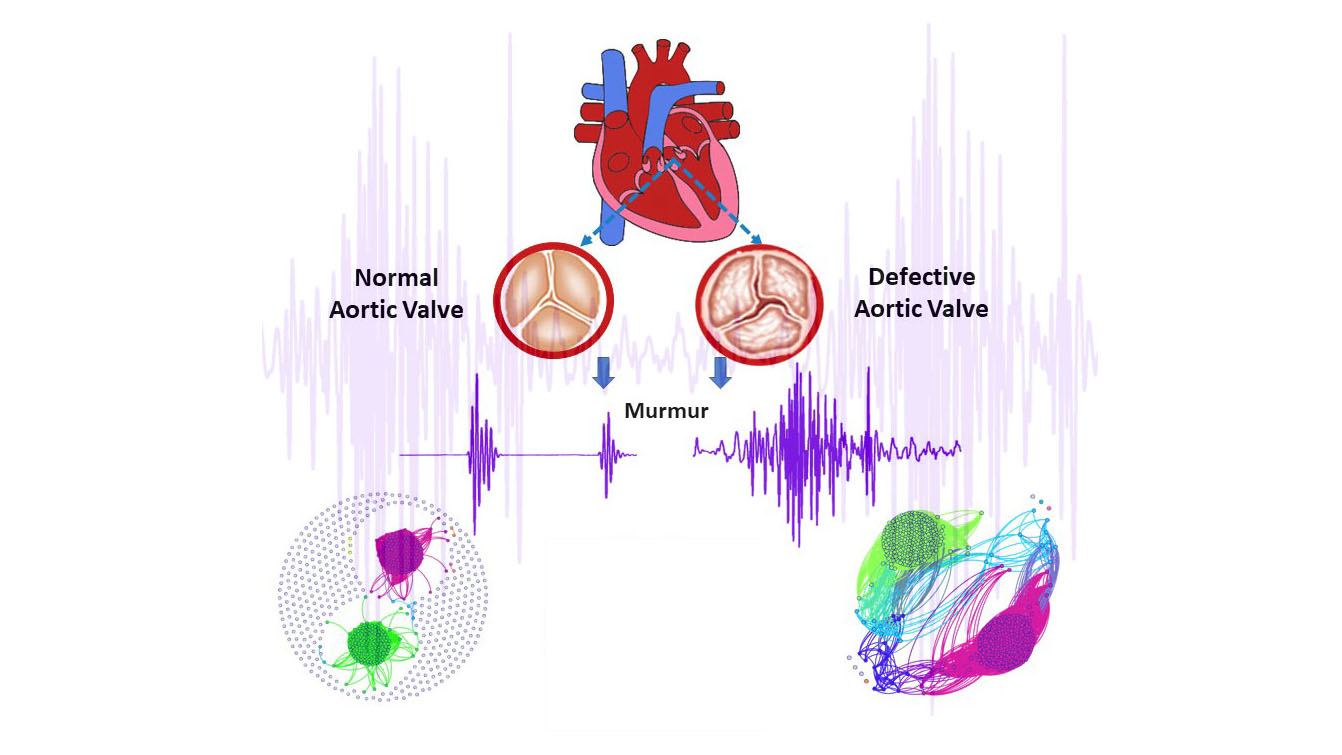
Low-Cost Disease Diagnosis by Mapping Heart Sounds
In the Journal of Applied Physics, researchers develop a method to identify aortic valve dysfunction using complex network analysis that is accurate, simple to use, and low-cost. They used heart sound data to create a complex network of connected points, which was split into sections, and each part was represented with a node. If the sound in two portions was similar, a line was drawn between them. In a healthy heart, the graph showed two distinct clusters of points, with many nodes unconnected. A heart with aortic stenosis contained many more correlations and edges.
Penn Medicine Study Reveals Imaging Approach with Potential to Detect Lung Cancer Earlier, at the Cellular Level
Researchers at the Abramson Cancer Center at the University of Pennsylvania have found a way to identify lung cancer at the cellular level in real time during a biopsy, offering promise in the ability to detect the disease earlier and with more confidence. The research is published this week in Nature Communications.
Researchers develop smartphone-powered microchip for at-home medical diagnostic testing
A University of Minnesota Twin Cities research team has developed a new microfluidic chip for diagnosing diseases that uses a minimal number of components and can be powered wirelessly by a smartphone. The innovation opens the door for faster and more affordable at-home medical testing.
Researchers Develop CRISPR-based Rapid Diagnostic Tool for SARS-CoV-2
UC San Diego scientists have created a new technology that rapidly detects the SARS-CoV-2 virus. The new SENSR was developed using CRISPR gene-editing technology as a rapid diagnostic that could eventually be used in homes, airports and other locations.
SEWARD RUTKOVE, MD AWARDED THE INNOVATION AWARD FROM AANEM
Dr. Rutkove’s work focuses on the application of innovative techniques for the assessment of NM disease. His research centers on electrical impedance myography (EIM), neuronal excitability testing, and ultrasound methodologies.
NIH-funded screening study builds case for frequent COVID-19 antigen testing
In a study that compares rapid antigen and laboratory PCR approaches for COVID-19 serial screening, researchers affiliated with the NIH RADx initiative reported results from 43 people infected with the virus.
Building better bubbles for ultrasound could enhance image quality, facilitate treatments
NIBIB-funded researchers are investigating long-lasting, customizable nanobubbles for ultrasound contrast agents.
University Hospitals First in the World to Integrate New General Electric Healthcare Imaging System into Daily Clinical Practice
University Hospitals in Cleveland is the global pioneer in full clinical adoption of GE Healthcare’s new Critical Care Suite 2.0, the world’s first on-device artificial intelligence program helping to assess endotracheal tube placement.
New partnership to develop a new ultra-fast test for COVID-19 antibodies
The NanoSpot.AI test is estimated to be significantly less expensive to manufacture than other SARS-CoV-2 antibody tests and has the potential to be more affordable than currently available tests, making it possible to extend the test to every corner of the world. Clinical studies validating NanoSpot.AI are currently underway.
Grant accelerates McMaster University, SQI Diagnostics effort to move infection testing innovation from lab to market
A new grant is helping McMaster University engineers and a Toronto precision-medicine diagnostics company to get infection-testing technology to market while generating opportunities for students.
The University of Utah and RenalytixAI Partner to drive innovation in kidney health
An artificial intelligence-enabled in vitro diagnostics company and the University of Utah today announced a partnership to improve kidney health and reduce the risk of kidney failure for large scale populations in the earliest stages of kidney disease.
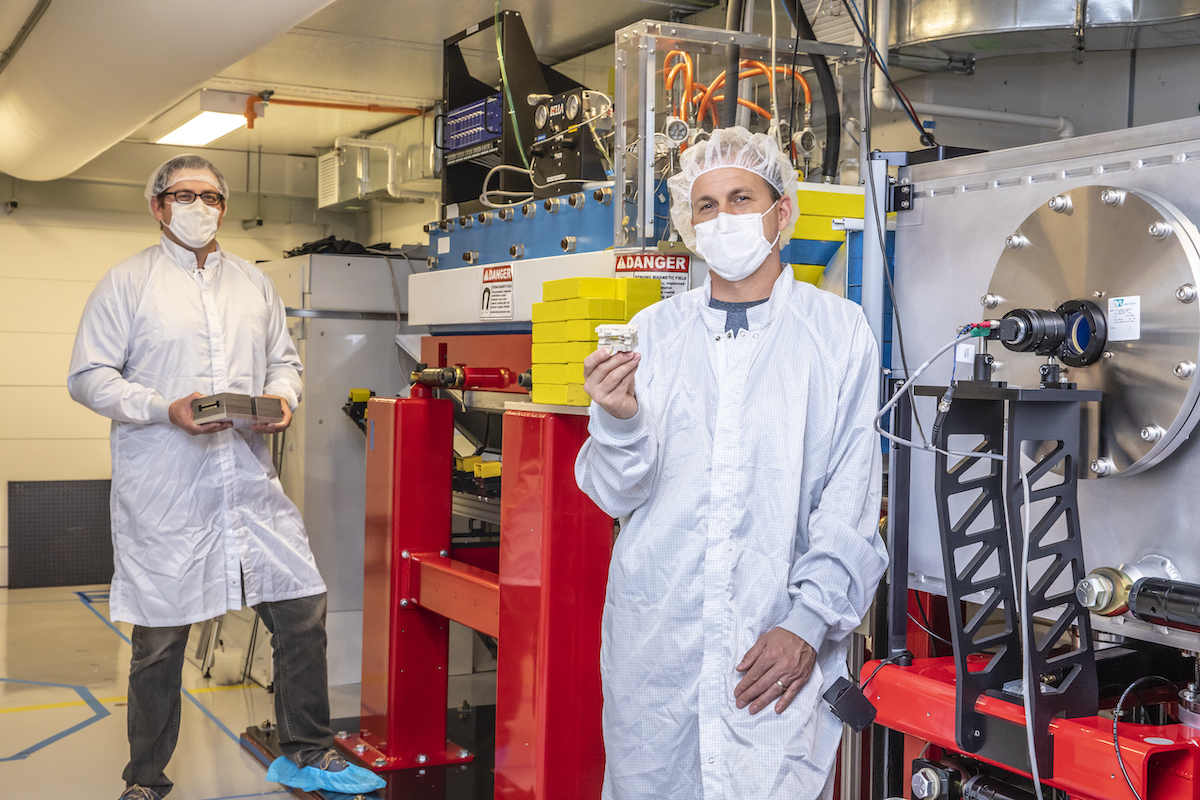
A New Way to Measure Record-Setting Electron Beams
A new, compact system has been successfully demonstrated at the Berkeley Lab Laser Accelerator (BELLA) Center to provide simultaneous high-resolution measurements of multiple electron-beam properties.
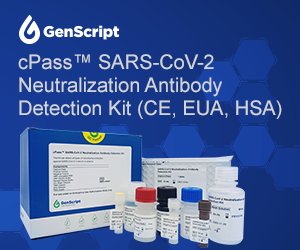
GenScript Granted Authorization for cPass™ SARS-CoV-2 Neutralization Antibody Detection Test in Brazil
GenScript USA Inc., the world’s leading research reagent provider, announced today that Brazil’s National Health Surveillance Agency (ANVISA) (Agência Nacional de Vigilância Sanitária) has authorized the use of the cPass™ SARS-CoV-2 Neutralization Antibody Detection Kit for detecting neutralizing antibodies. The cPass test is the first and only ANVISA authorized test for detecting neutralizing antibodies to SARS-CoV-2. Neutralizing antibodies specifically block the ability of a virus to infect a cell and are well-recognized to confer immunity.
Researchers create a tool that can pull an elusive COVID-19 marker from human blood
Researchers at Canada’s McMaster University and SQI Diagnostics have created a surface that repels every other element of human blood except a critical indicator of infection, opening a timely window for understanding the progress of COVID-19 in individual patients.
Novel COVID-19 Breathalyzer Has Potential as Screening Tool
A team led by Professor Hossam Haick and Dr. Yoav Broza of the Technion Faculty of Chemical Engineering and Russell Berrie Nanotechnology Institute, in collaboration with researchers from Wuhan, China, has devised a novel breath analyzer test to rapidly detect COVID-19.
Researchers describe nanoparticles behavior in vivo
Nanoparticles are actively employed in medicine as contrast agents as well as for diagnosis and therapy of various diseases. However, the development of novel multifunctional nanoagents is impeded by the difficulty of monitoring their blood circulation. Researches from the Moscow Institute of Physics and Technology, the Shemyakin-Ovchinnikov Institute of Bioorganic Chemistry of RAS, Moscow Engineering Physics Institute, Prokhorov General Physics Institute of RAS, and Sirius University have developed a new noninvasive method of nanoparticle measurement in the bloodstream that boasts a high time resolution. This technique has revealed the basic parameters that affect particle lifetime in the bloodstream, which may potentially lead to discovery of new, more effective nanoagents to be used in biomedicine.
The University of Chicago is awarded a major federal contract to host a new COVID-19 medical imaging resource center
A new center hosted at the University of Chicago — co-led by the largest medical imaging professional organizations in the country — will help tackle the ongoing COVID-19 pandemic by curating a massive database of medical images to help better understand and treat the disease. The work is supported by a $20 million, two-year federal contract that could be renewable to $50 million over five years.

Predicting Cancer Behavior Requires Better Understanding of Tumor Cells
Our ability to predict who will get cancer, how patients will respond to treatment, or if patients will relapse is still quite limited, despite advances in the detection of genetic mutations and the establishment of risk factors; recently researchers were inspired to find new ways of looking at the problem. In Biomicrofluidics, they report that using cellular mechanophenotyping, along with traditional methods such as immunostaining and genetic analysis, may provide a more comprehensive view of a tumor.
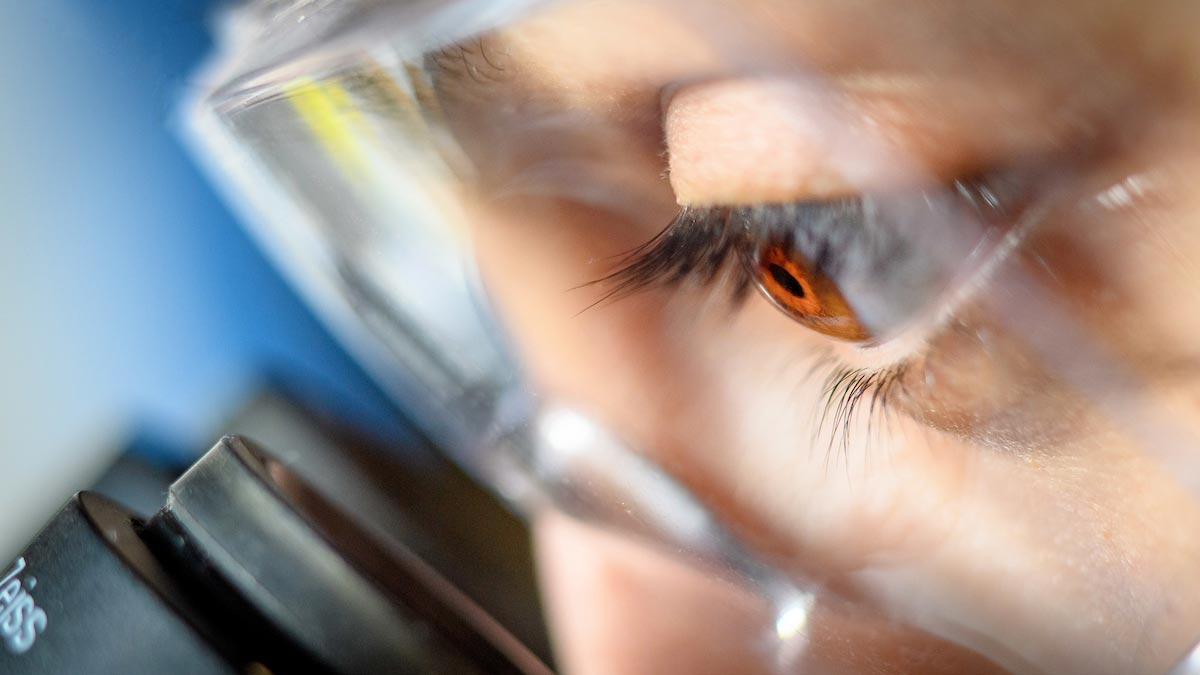
Researchers explore potential of highly sensitive point-of-care tests for novel coronavirus detection
Hsueh-Chia Chang, the Bayer Professor of Chemical and Biomolecular Engineering, said technology his lab developed for other uses could easily be extended to apply to testing for the coronavirus.
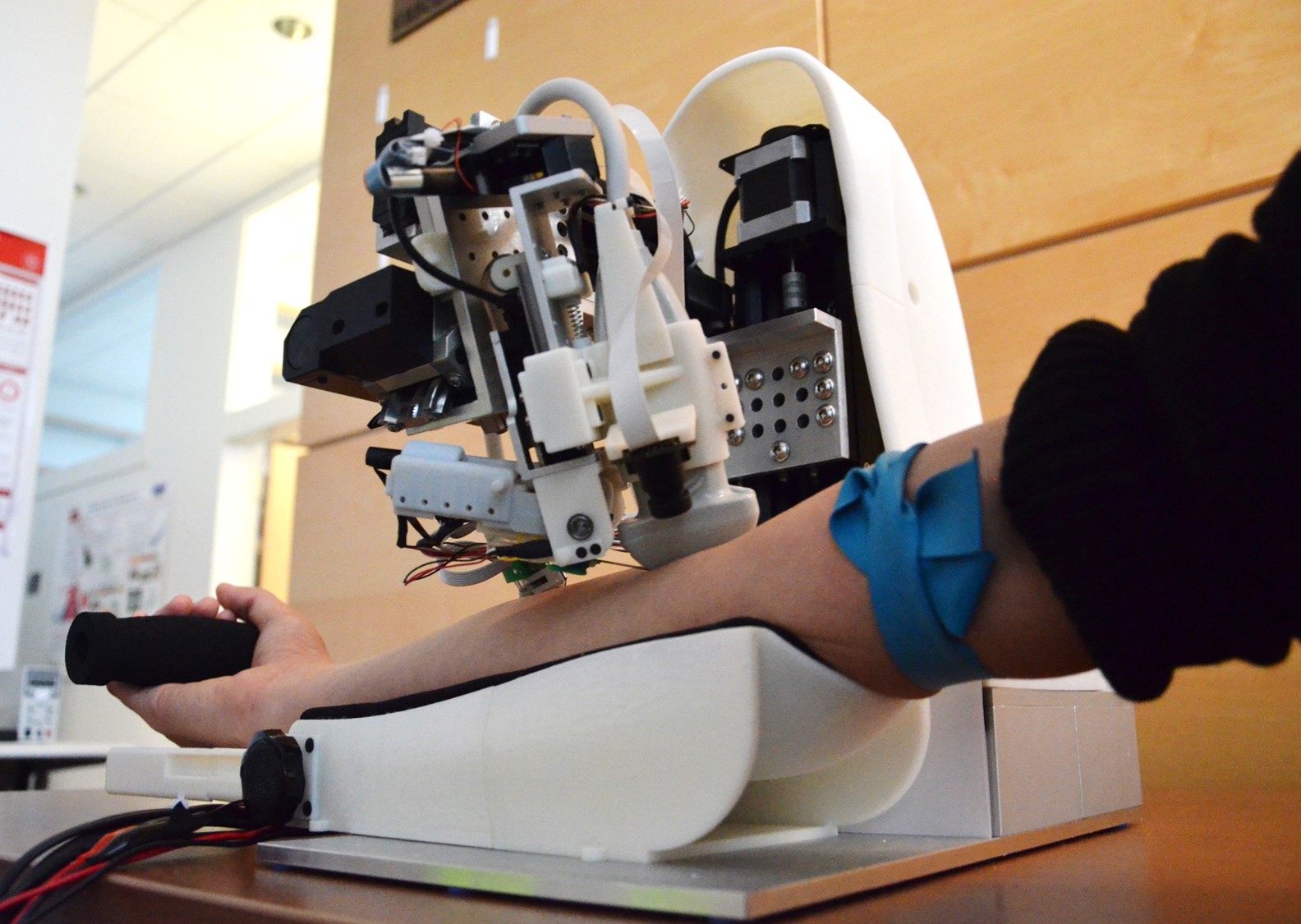
Robot Uses Artificial Intelligence and Imaging to Draw Blood
Rutgers engineers have created a tabletop device that combines a robot, artificial intelligence and near-infrared and ultrasound imaging to draw blood or insert catheters to deliver fluids and drugs. Their research results, published in the journal Nature Machine Intelligence, suggest that autonomous systems like the image-guided robotic device could outperform people on some complex medical tasks.
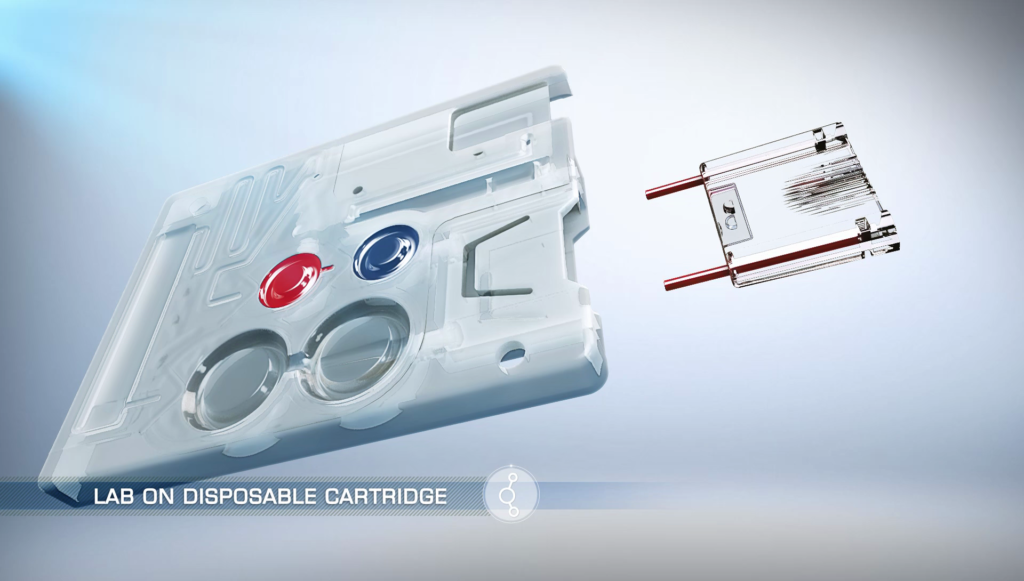
PixCell’s Viscoelastic Focusing Technology Shifts the Paradigm in Hematology Point of Care Accessibility
Pixcell’s HemoScreen™ is a portable cartridge-based platform. It is fast, simple to use, and a cost-effective means of providing crucial diagnostic information, near patient, where it is needed most.
3D printed technology streamlines common medical test
ELISA assay performed in pipette tips simplifies procedure and lowers cost Scientists have taken a common, yet laborious lab test and redesigned it to be performed in small 3D printed pipette tips used to measure and transfer fluids in the…